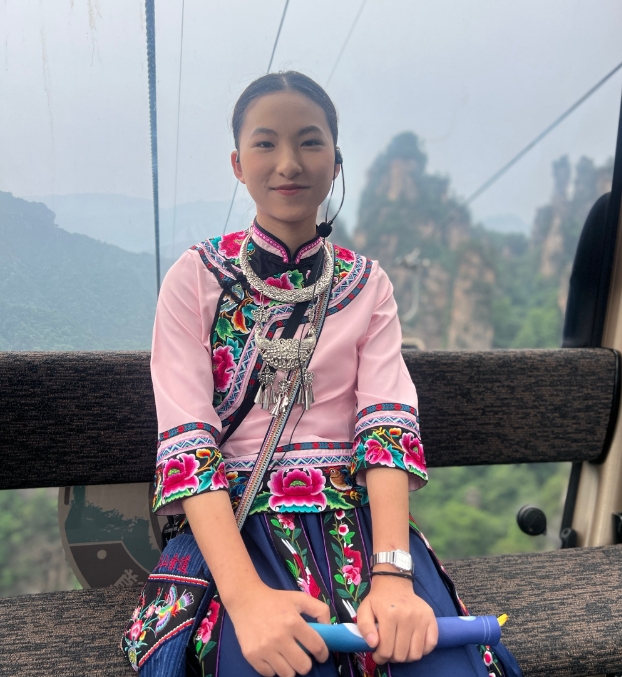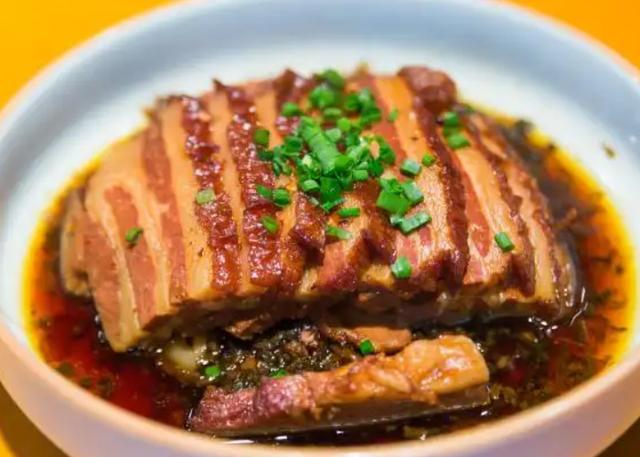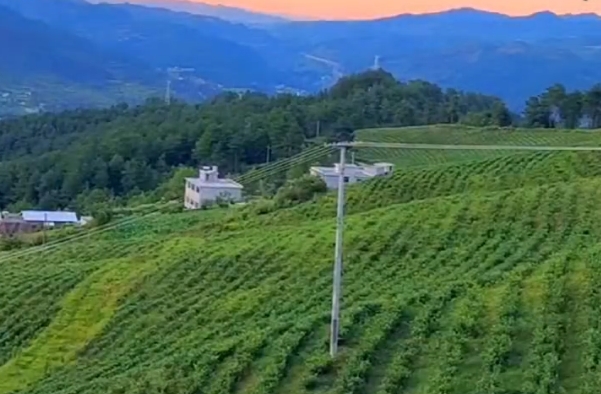Traditional Chinese Clothing and Dress
China is a modern country now so you cannot see any Chinese people wearing any kinds of traditional Chinese clothing and dress on the street unless there is a special traditional festival or event relevant to special subject. For example, Chinese children like to put Hanfu on for Chinese New Year. Mums wear Qipao to welcome their kids when they are going to take part in the big examination to universities or colleagues. All these wearing connect to Chinese traditions and culture.

Traditional Chinese clothing encompasses a wide range of styles with a long history and rich cultural connotations. We will introduce four traditional Chinese clothing as below:
Hanfu - the most popular traditional Chinese clothing
Hanfu is the traditional clothing of the Han group, which has a long history dating back to 4000 years ago. It began with the Yellow Emperor and was developed and refined over thousands of years.
Hanfu is characterized by a cross - collar with the right lapel over the left. For example, the Shenyi is a type of Hanfu. It is made by either sewing the upper garment (yi) and the lower skirt (shang) separately and then combining them, or by using a one - piece cutting method. Each dynasty's Hanfu had its own characteristics in terms of shape and wearing methods.
Hanfu can be divided into three styles: jacket with skirt, jacket with trousers, and one-piece dress. The most popular style is the jacket with skirt style, which is worn by women.
Today, people seldom wear Hanfu except on special occasions, such as Chinese New Year and wedding ceremonies, or by young girls/kids who want to show off or taking photos.
Qipao(Cheongsam) - the most famous traditional Chinese dress
Qipao originated from the traditional clothing of Manchu women. During its development, it incorporated elements of Western clothing. Features such as a cinched - in waist and side slits were added, which could beautifully showcase a woman's body curves. Cheongsams are usually made of high - quality fabrics like silk and are decorated with exquisite embroidery and elaborate frog - button closures. They look noble and elegant and are often worn on important occasions such as weddings and banquets.
Originating in the Qing Dynasty, the Qipao has mainly developed into Beijing styles, Shanghai styles and Hong Kong styles. There are many differences in decorations, colors, materials, and designs. Beijing style is more traditional and conservative than Shanghai's and Hong Kong's. Shanghai-style is more commercial and forward-looking with many Western elements. Hong-Kong-style Qipaos are shorter than the Beijing and Shanghai styles'. The decorations are simpler too.
There are many occasions when you can see a Qipao wearing in China, such as for a wedding, taking (family) photos, having a special dinner, and taking part in big events or parties. Sometimes you will see women wearing Qipaos together to celebrate birthdays or just for a get together. Nowadays, Qipaos have become daily clothes for many Chinese women, especially the middle-age women. So it is easier to see them on the street.
Tang Suit (Tang - style Costume)
Tang Suit doesn't refer to the clothing of the Tang Dynasty. Instead, it takes the Manchu's traditional magua (a kind of short - sleeved or sleeveless outer garment) in the Qing Dynasty as its prototype. It incorporates traditional elements such as a stand - collar, a front - opening design, and frog - button closures and combines modern tailoring techniques. The colors and patterns of Tang - style Costumes have a strong traditional Chinese style. Commonly, bright and festive colors like red and gold are used, along with auspicious patterns such as dragons, phoenixes, and peonies. Dragons and phoenixes symbolize imperial power and nobility in traditional Chinese culture.
This name came from the overseas Chinese. As the Tang Empire was famous for being prosperous and powerful all over the world, foreigners called the overseas Chinese people "the Tang people" and the clothes they wore were called "Tang suits" .
Nowadays, Tang Suit are more likely worn by Chinese men during traditional festivals like the Spring Festival or in cultural activities. Chinese leaders prefer to wear Tang Suit on National Day and New Year’s ceremony when they are in the TV. Chinese Athletes’ uniform of 2008 Beijing Olympic Games were came from Tang Suit as well.
Zhongshan Suit — Traditional Formal Attire for Men
Zhongshan suit, also known as the Mao suit overseas, is a kind of clothing named after Dr. Sun Yat-sen. It is a type of men's jacket. Zhongshan suits have four big and obvious pockets on the front, two up two down, equally spaced left and right. All designs have symbolic meanings of Chinese revolution by Dr.Sun Yat-sen at that time. For example, four pockets represent the four dimensions of the country: propriety, righteousness, integrity, and shame.
After the founding of New China, the Zhongshan suit became one of the main formal dresses in China. It was favored by leaders at all levels and was often worn on important occasions such as national celebrations and diplomatic events, representing the image of New China.
As a unique Chinese clothing style, the Zhongshan suit has become an important part of Chinese national culture. It represents the unique charm and style of the Chinese nation and helps to enhance national pride and national identity.
You still can see some Chinese men wearing Zhongshan suit when you are strolling by the street. But there is seldom shops for renting the Zhongshan suit for pictures. You could buy a suit as the souvenir.
Recently, it is an increasingly popular trend in China to rent traditional Chinese costumes and have a photo-shoot wearing it. Literally every tourist destination is full of those rental shops. In any scenic location that it is a popular thing to do, you can expect to find them. If you want to experience it, you can find many rental shops near the Forbidden City and Summer Palace in Beijing, Datang Ever - bright City in Xi’an and Yu Garden in Shanghai more. Those shops could offer you Hanfu, Qipao and even Ethnic minorities’ costumes as optional. Your hair, mark-up and clothes are all in one style. There are costumes both for adults and kids over years old. Then a professional photographer will lead your way to some spots to take photo and tell you what poses are most photogenic. A standard rental is generally about 4 hours from your choice of clothing, making up and shooting. It is definitely an exotic experience for your China tour. We highly recommend this activity for families travelling with kids - it is a lot of fun for them, and it is a great way to introduce them to Chinese culture. You could contact us if you want to take it in your China tour.
Questions?
-
Email
luosha@lingshicha.net
-
WhatsApp


